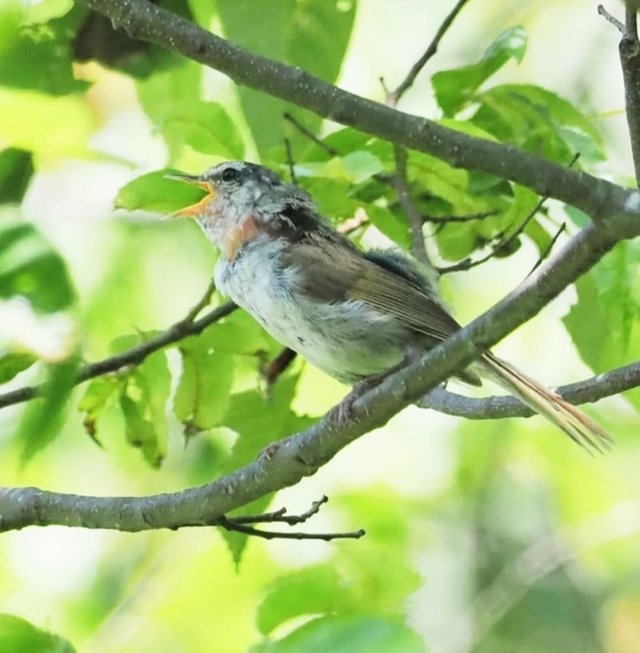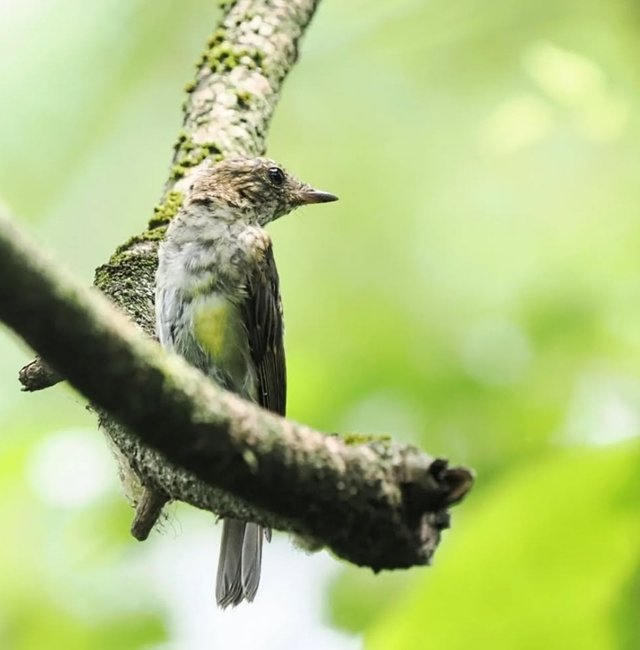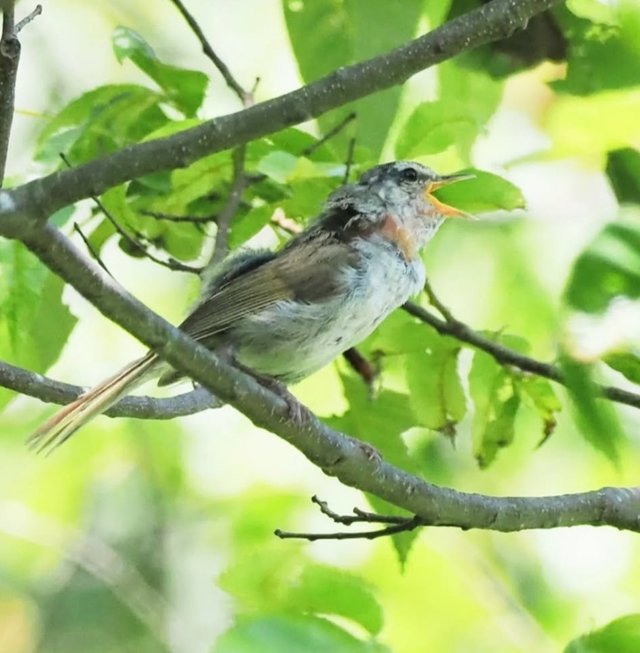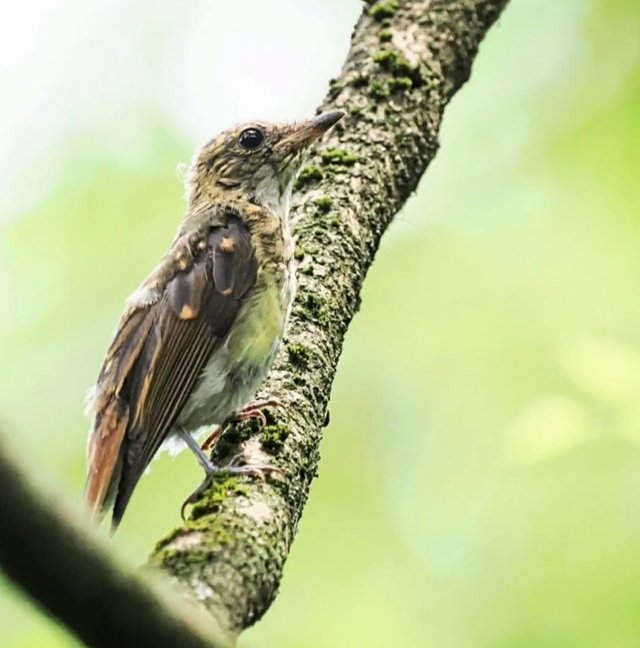So Cute European Robin Bird
European Robin: A Symbol of Charm, Song, and Solitude
The European robin—Erithacus rubecula—is a bird that stirs both the heart and the imagination of those who encounter it. With its iconic red-orange breast, expressive posture, and fluting, wistful song, the robin is one of Europe's most beloved birds. Whether perched on a frosty garden fence, flitting through the undergrowth of a misty woodland, or nesting quietly in a hidden corner, this small creature carries a charm far beyond its size.
Taxonomy and Description
The European robin belongs to the Muscicapidae family, the Old World flycatchers, though for many years it was grouped with the thrushes. It is a small passerine, measuring about 12.5–14 cm in length and weighing approximately 16–22 grams. Its most striking feature is the reddish-orange face and chest, bordered with grey, set against a brownish back and pale belly. Males and females are identical in appearance, a rarity among songbirds, and even juveniles—though initially brown and speckled—grow into that distinctive crimson bib.
Distribution and Habitat
European robins are widely distributed throughout Europe, western Asia, and parts of North Africa. They are sedentary across most of Western Europe but may migrate in colder regions, especially in Scandinavia and parts of Russia, where winter pushes them southward.
Robins are remarkably adaptable and can be found in a variety of habitats:Woodlands and forests
Parks and gardens Hedgerows and scrubland
Even urban environments where they thrive in quiet corners
They prefer areas with dense low vegetation for nesting and cover but are equally at home among humans, often venturing close in search of food.
Song and Behavior
The European robin is as well known for its song as its appearance. The male sings a melancholic, fluting tune throughout much of the year, especially during the breeding season and again in autumn when territory is re-established. Surprisingly, robins are also among the few birds in Europe that sing during winter, bringing music to otherwise silent, cold months.
Behaviorally, the robin is territorial and solitary, especially during breeding. Both males and females fiercely defend their territories, engaging in dramatic postures, song duels, and even physical confrontation.
Despite their cute appearance, robins can be quite aggressive when defending territory, especially against rivals of their own species.




%20(9).jpeg)